"Nintendo Consoles: Complete Release Date Timeline"
Nintendo stands as one of the most iconic names in video game history, synonymous with innovation and creativity in the home console market. Renowned for its beloved intellectual properties, Nintendo continues to enchant gamers with titles that retain their charm decades after release. With a robust pipeline of upcoming games, the company shows no signs of slowing down. The recent announcement of the Nintendo Switch 2 offers a perfect moment to reflect on Nintendo's storied history in the console space.
Below, we've compiled a comprehensive list of every console Nintendo has released, inviting you to journey through the ages and see how Nintendo has consistently pushed the boundaries of gaming.
AnswerSee Results*Looking to save on a new Nintendo Switch or new titles for your system? Be sure to check out the best Nintendo deals available today.*How Many Nintendo Consoles Have There Been?
In total, 32 Nintendo consoles have graced the market throughout Nintendo's illustrious history. With the upcoming Switch 2, this number will rise to 33. Our list includes revision models for both home and handheld consoles, encompassing variations such as XL and Mini.
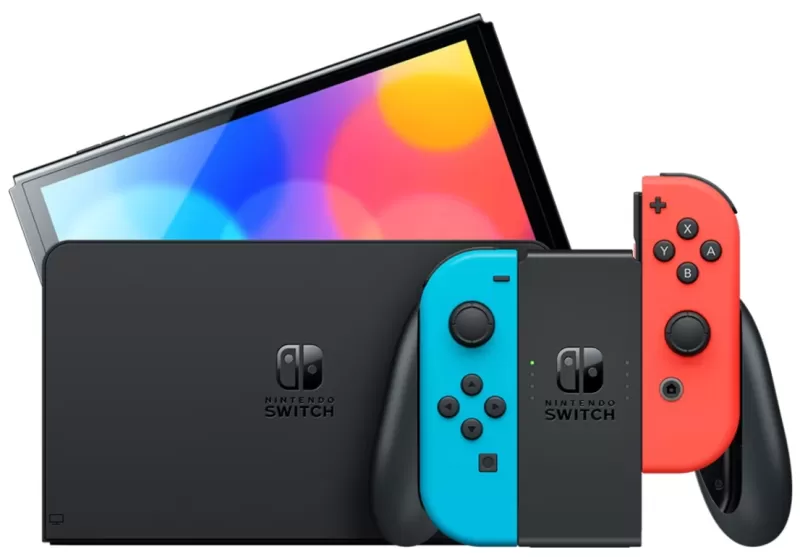 Latest Model### Nintendo Switch OLED (Neon Blue & Red)
Latest Model### Nintendo Switch OLED (Neon Blue & Red)
4See it at AmazonEvery Nintendo Console in Order of Release
Color TV-Game - June 1, 1977
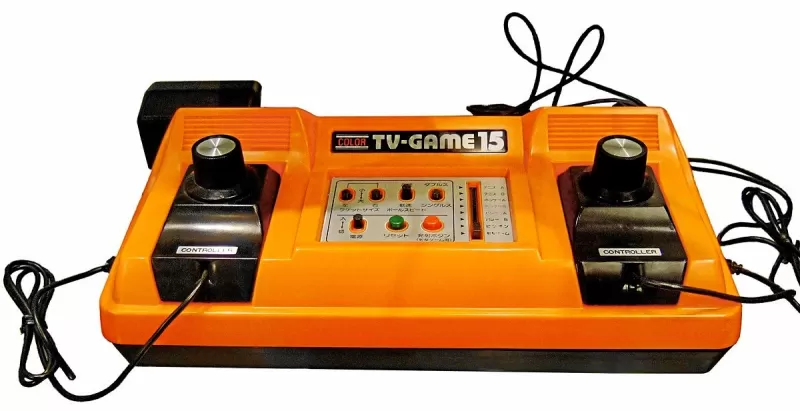 Nintendo's initial foray into gaming hardware was the Color TV-Game series, a collaboration with Mitsubishi Electronics. This venture marked a significant success, steering Nintendo towards a future deeply rooted in gaming innovation. The legacy of the Color TV-Game continues to resonate nearly half a century later.
Nintendo's initial foray into gaming hardware was the Color TV-Game series, a collaboration with Mitsubishi Electronics. This venture marked a significant success, steering Nintendo towards a future deeply rooted in gaming innovation. The legacy of the Color TV-Game continues to resonate nearly half a century later.
Game & Watch - April 28, 1980
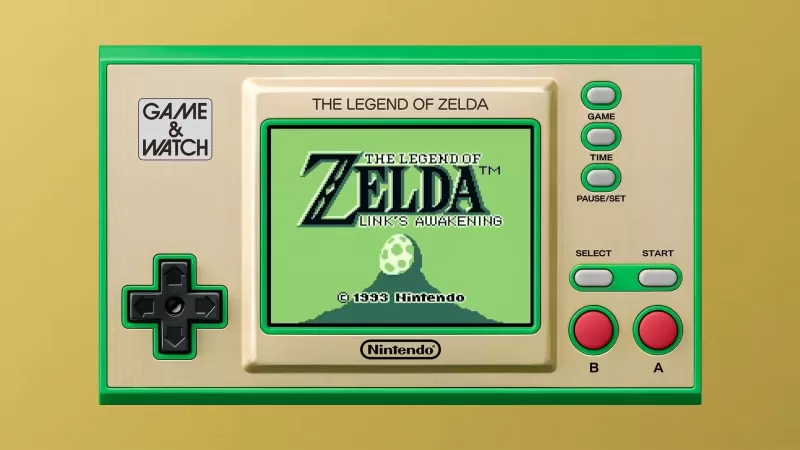 Entering the handheld market, Nintendo introduced the Game & Watch series, each unit featuring a unique game. Selling over 40 million units worldwide, these devices introduced groundbreaking features, including the D-Pad in the Donkey Kong model. Their influence persists, highlighted by recent limited edition releases celebrating Mario and Zelda anniversaries.
Entering the handheld market, Nintendo introduced the Game & Watch series, each unit featuring a unique game. Selling over 40 million units worldwide, these devices introduced groundbreaking features, including the D-Pad in the Donkey Kong model. Their influence persists, highlighted by recent limited edition releases celebrating Mario and Zelda anniversaries.
Nintendo Entertainment System - October 18, 1985
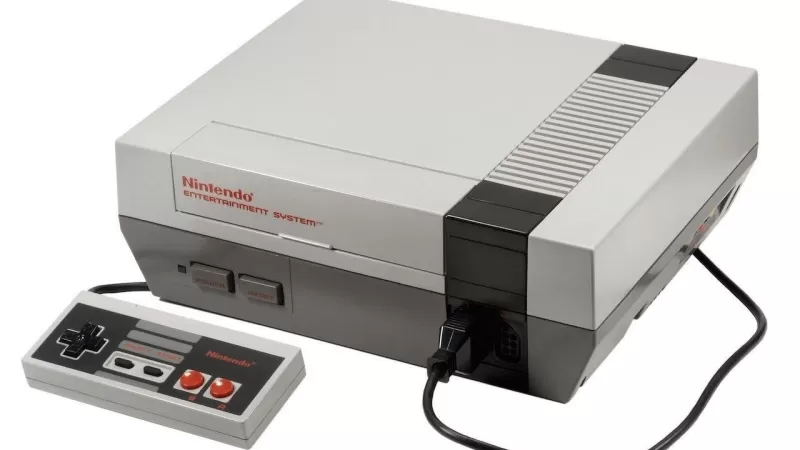 Known as the Famicom in Japan, the Nintendo Entertainment System (NES) marked Nintendo's first major home console release in North America. With its cartridge system, the NES launched legendary franchises like Super Mario, The Legend of Zelda, and Metroid, solidifying its place as a cornerstone in video game history.
Known as the Famicom in Japan, the Nintendo Entertainment System (NES) marked Nintendo's first major home console release in North America. With its cartridge system, the NES launched legendary franchises like Super Mario, The Legend of Zelda, and Metroid, solidifying its place as a cornerstone in video game history.
Game Boy - July 31, 1989
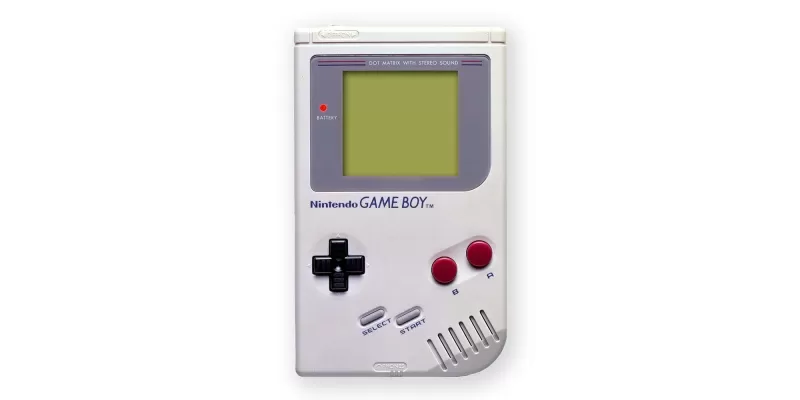 Revolutionizing portable gaming, the Game Boy allowed players to enjoy multiple games via cartridges. Its inclusion of Tetris as a bundled game in most regions (except Japan) significantly contributed to its widespread popularity.
Revolutionizing portable gaming, the Game Boy allowed players to enjoy multiple games via cartridges. Its inclusion of Tetris as a bundled game in most regions (except Japan) significantly contributed to its widespread popularity.
Super Nintendo Entertainment System - August 23, 1991
 Introducing 16-bit graphics to Nintendo's lineup, the Super Nintendo Entertainment System (SNES) expanded upon the success of its predecessor with titles like Super Mario World and Donkey Kong Country. Despite its late entry into the console generation, the SNES's impressive library and appeal made it the best-selling console of its era.
Introducing 16-bit graphics to Nintendo's lineup, the Super Nintendo Entertainment System (SNES) expanded upon the success of its predecessor with titles like Super Mario World and Donkey Kong Country. Despite its late entry into the console generation, the SNES's impressive library and appeal made it the best-selling console of its era.
Virtual Boy - August 14, 1995
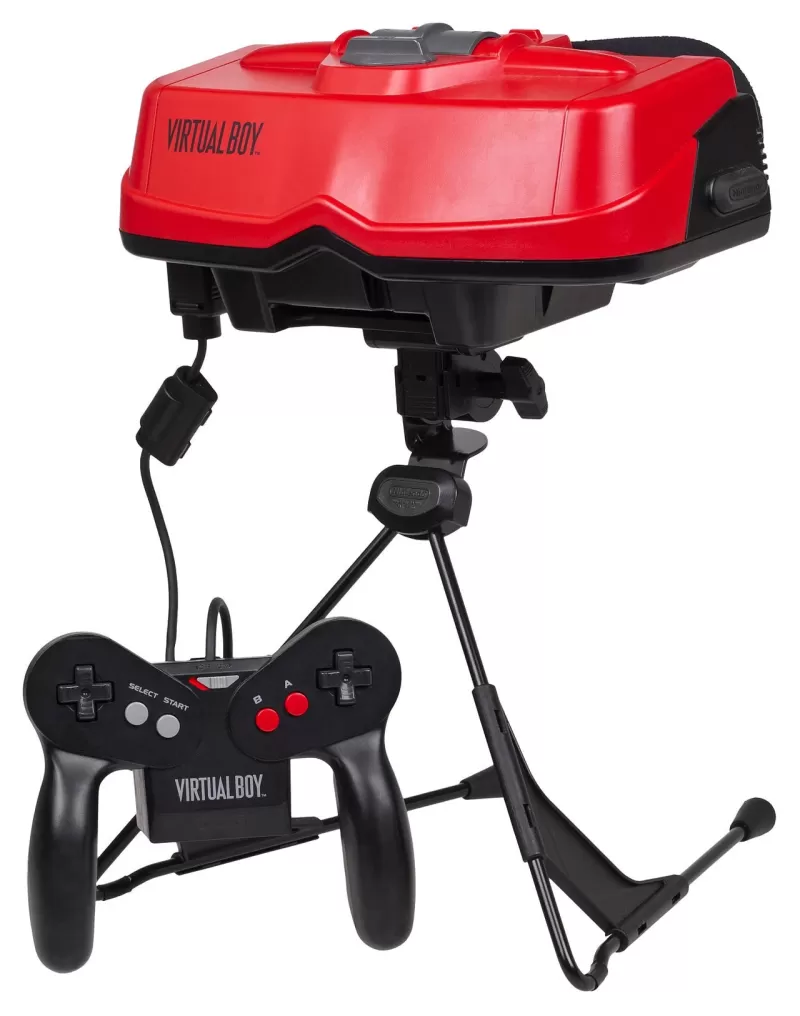 Nintendo's most unconventional console, the Virtual Boy, was the first to offer true 3D visuals. With a limited library of 22 games, including popular titles like Mario's Tennis and Virtual Boy Wario Land, it was short-lived, lasting only a year on the market.
Nintendo's most unconventional console, the Virtual Boy, was the first to offer true 3D visuals. With a limited library of 22 games, including popular titles like Mario's Tennis and Virtual Boy Wario Land, it was short-lived, lasting only a year on the market.
Game Boy Pocket - September 3, 1996
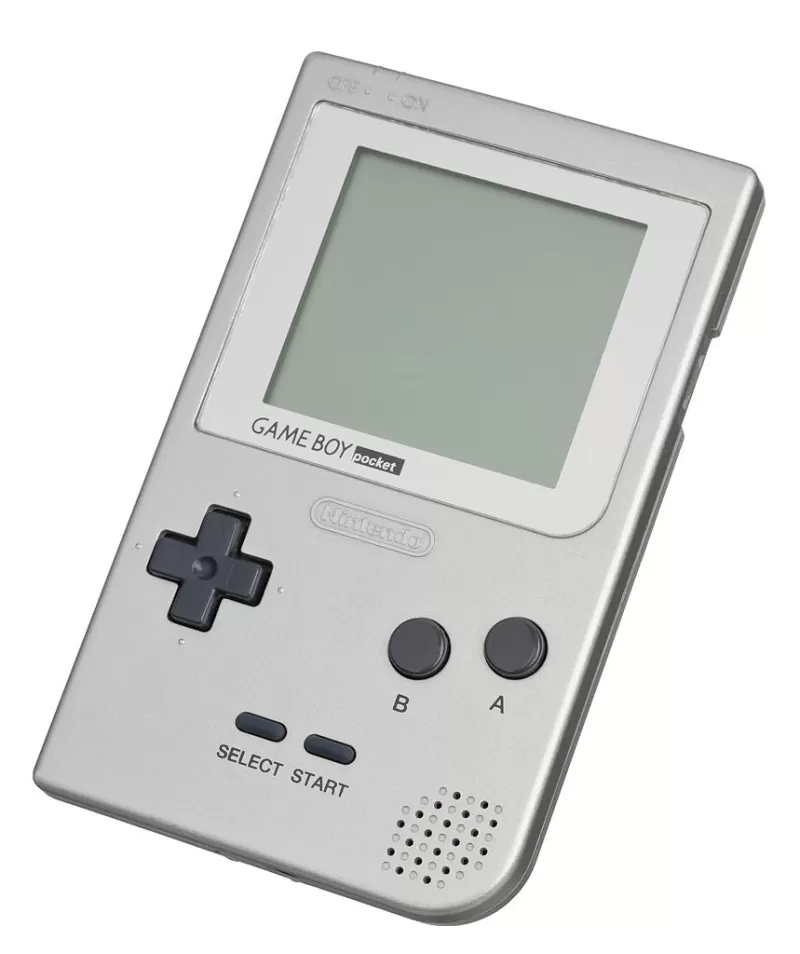 A slimmer version of the original Game Boy, the Game Boy Pocket featured an improved black-and-white screen and faster response time. However, its smaller size came with a shorter battery life.
A slimmer version of the original Game Boy, the Game Boy Pocket featured an improved black-and-white screen and faster response time. However, its smaller size came with a shorter battery life.
Nintendo 64 - September 29, 1996
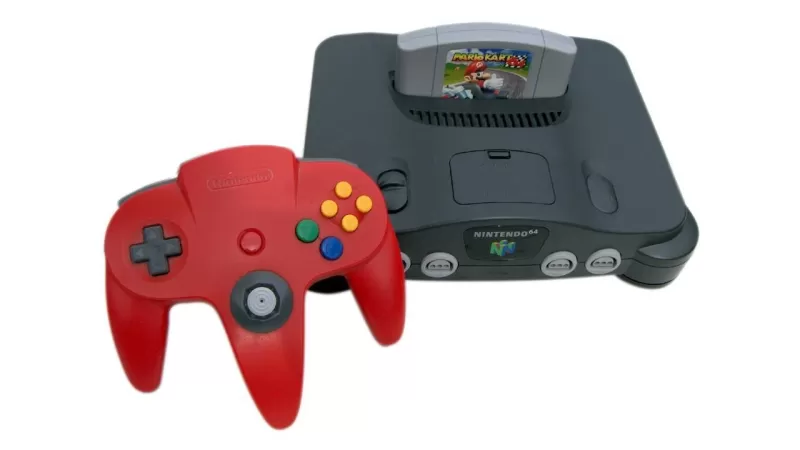 Introducing 3D graphics to Nintendo's home consoles, the Nintendo 64 brought groundbreaking titles like Super Mario 64 and The Legend of Zelda: Ocarina of Time. Its innovative controller with an analog stick set a new standard, and the console's special editions became collector's items.
Introducing 3D graphics to Nintendo's home consoles, the Nintendo 64 brought groundbreaking titles like Super Mario 64 and The Legend of Zelda: Ocarina of Time. Its innovative controller with an analog stick set a new standard, and the console's special editions became collector's items.
Game Boy Light - April 14, 1998
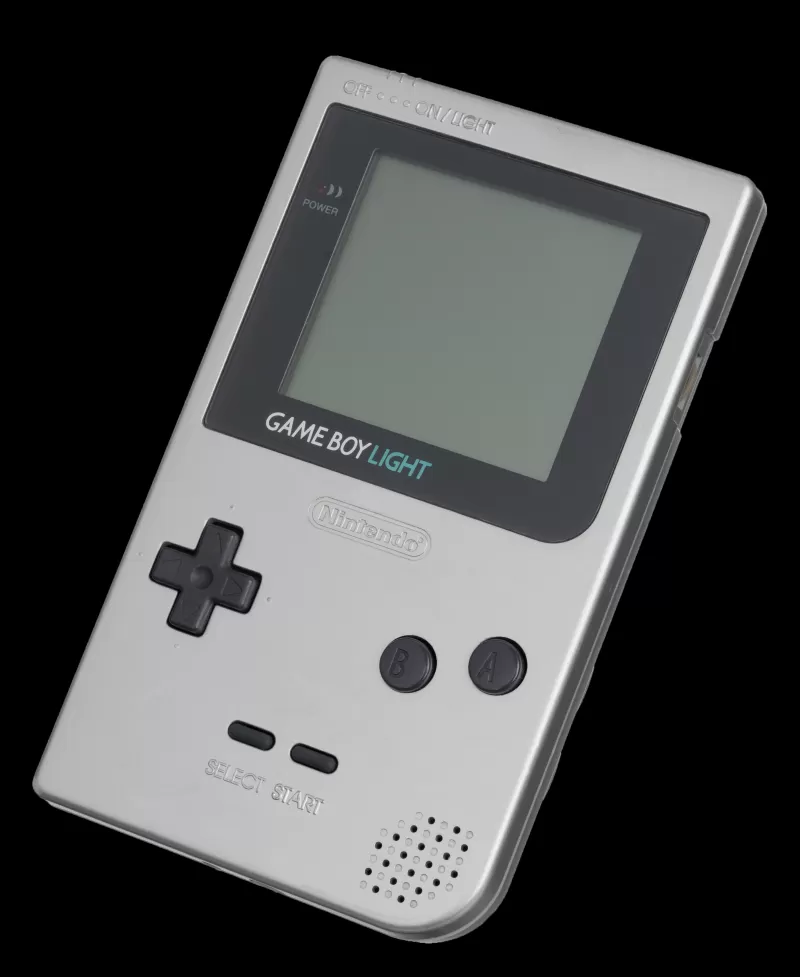 Exclusive to Japan, the Game Boy Light featured a backlight for improved visibility in low-light conditions and offered longer battery life compared to the Game Boy Pocket.
Exclusive to Japan, the Game Boy Light featured a backlight for improved visibility in low-light conditions and offered longer battery life compared to the Game Boy Pocket.
Game Boy Color - November 18, 1998
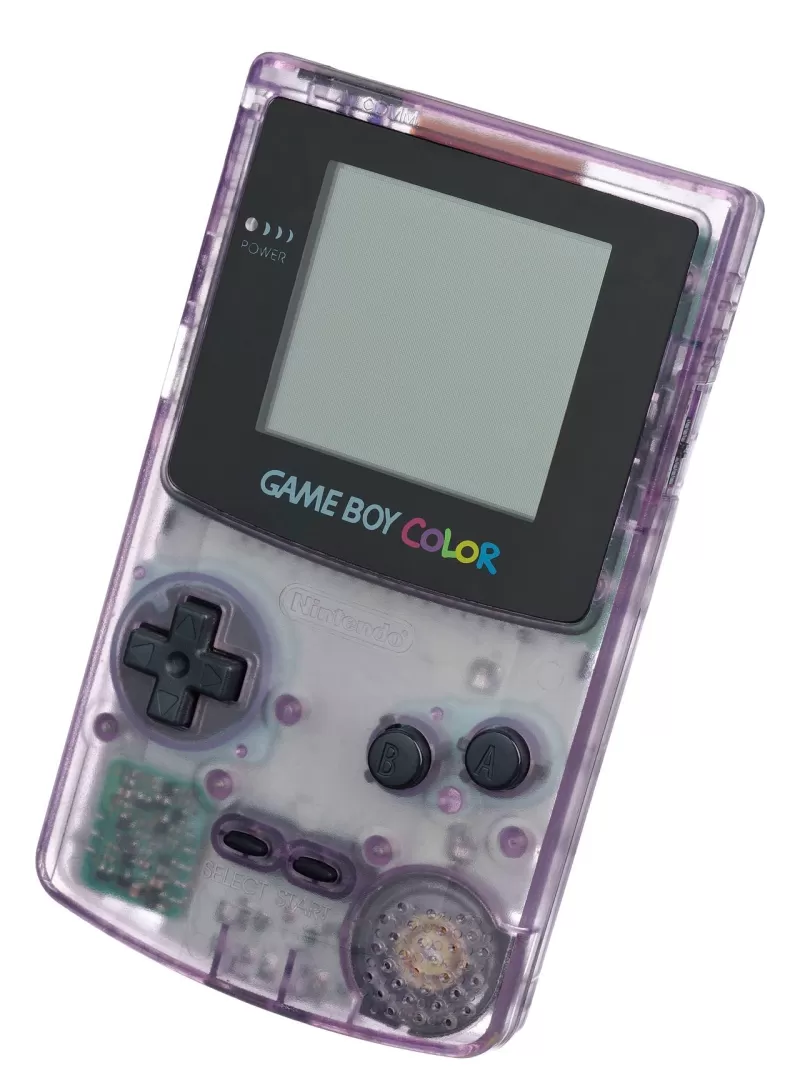 Bringing color to handheld gaming, the Game Boy Color was backward-compatible with existing Game Boy titles, enhancing their visuals. It also introduced a host of new games designed to leverage its color capabilities.
Bringing color to handheld gaming, the Game Boy Color was backward-compatible with existing Game Boy titles, enhancing their visuals. It also introduced a host of new games designed to leverage its color capabilities.
Game Boy Advance - June 11, 2001
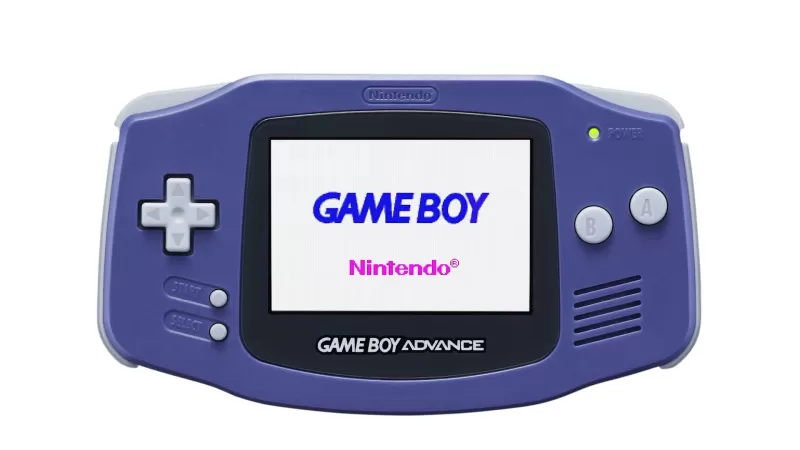 A significant leap forward, the Game Boy Advance (GBA) introduced 16-bit graphics in a horizontal format, supporting thousands of games through backward compatibility with Game Boy and Game Boy Color titles.
A significant leap forward, the Game Boy Advance (GBA) introduced 16-bit graphics in a horizontal format, supporting thousands of games through backward compatibility with Game Boy and Game Boy Color titles.
Pokémon mini - November 16, 2001
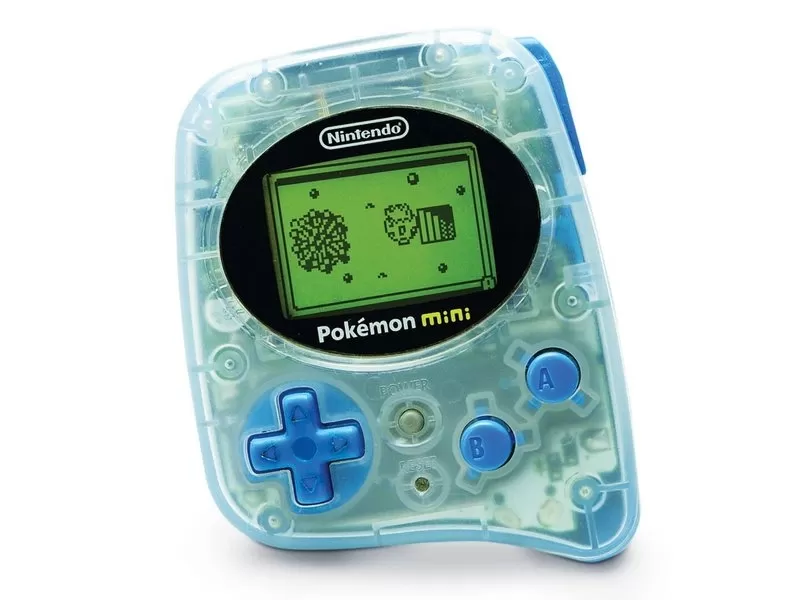 Image Credit: GamesRadarDesigned specifically for Pokémon games, the Pokémon mini was notably small and featured just 10 games, with only four released in North America. It included unique features like a clock function and infrared communication.
Image Credit: GamesRadarDesigned specifically for Pokémon games, the Pokémon mini was notably small and featured just 10 games, with only four released in North America. It included unique features like a clock function and infrared communication.
Nintendo GameCube - November 18, 2001
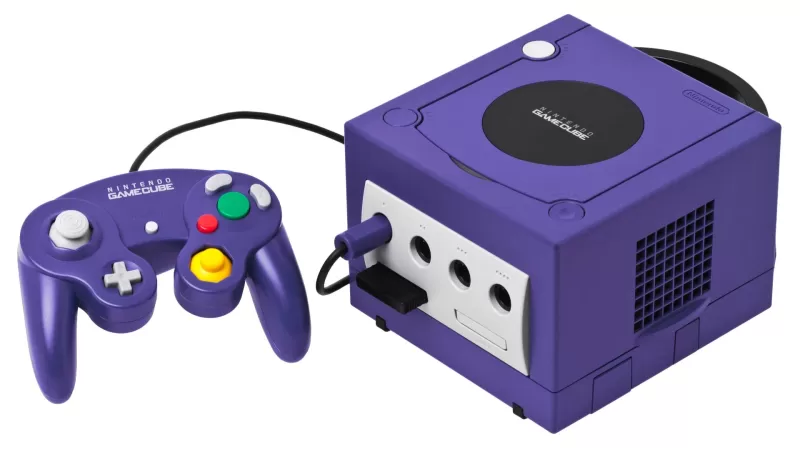 Building on the success of the Nintendo 64, the GameCube offered sequels to beloved franchises like Super Mario Sunshine and The Legend of Zelda: Wind Waker. It shifted from cartridges to discs and introduced a more ergonomic controller with built-in rumble and analog/digital triggers.
Building on the success of the Nintendo 64, the GameCube offered sequels to beloved franchises like Super Mario Sunshine and The Legend of Zelda: Wind Waker. It shifted from cartridges to discs and introduced a more ergonomic controller with built-in rumble and analog/digital triggers.
Panasonic Q - December 14, 2001
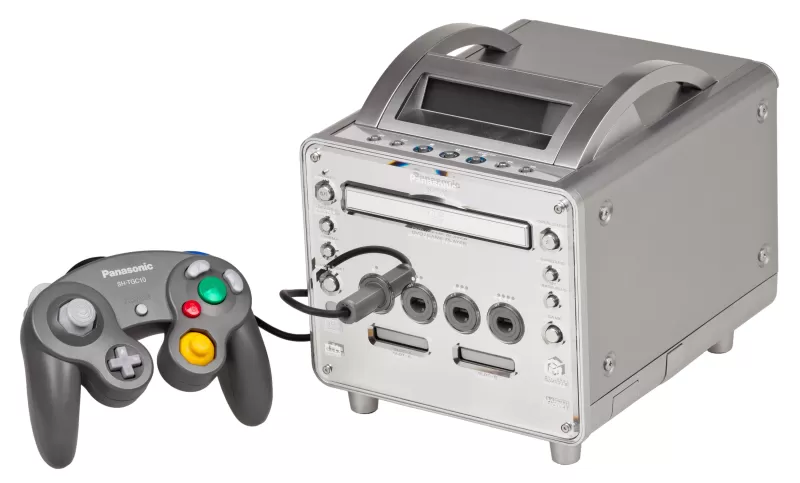 A collaboration with Panasonic, the Panasonic Q combined a GameCube with a DVD player, featuring a sleek stainless steel design. Its high price and limited market presence resulted in a brief two-year run.
A collaboration with Panasonic, the Panasonic Q combined a GameCube with a DVD player, featuring a sleek stainless steel design. Its high price and limited market presence resulted in a brief two-year run.
Game Boy Advance SP - March 23, 2003
 Revising the Game Boy Advance, the Game Boy Advance SP (GBA SP) introduced a hinge design, rechargeable battery, and later models included a backlit screen. It notably omitted a headphone jack, offering an adapter instead.
Revising the Game Boy Advance, the Game Boy Advance SP (GBA SP) introduced a hinge design, rechargeable battery, and later models included a backlit screen. It notably omitted a headphone jack, offering an adapter instead.
Nintendo DS - November 21, 2004
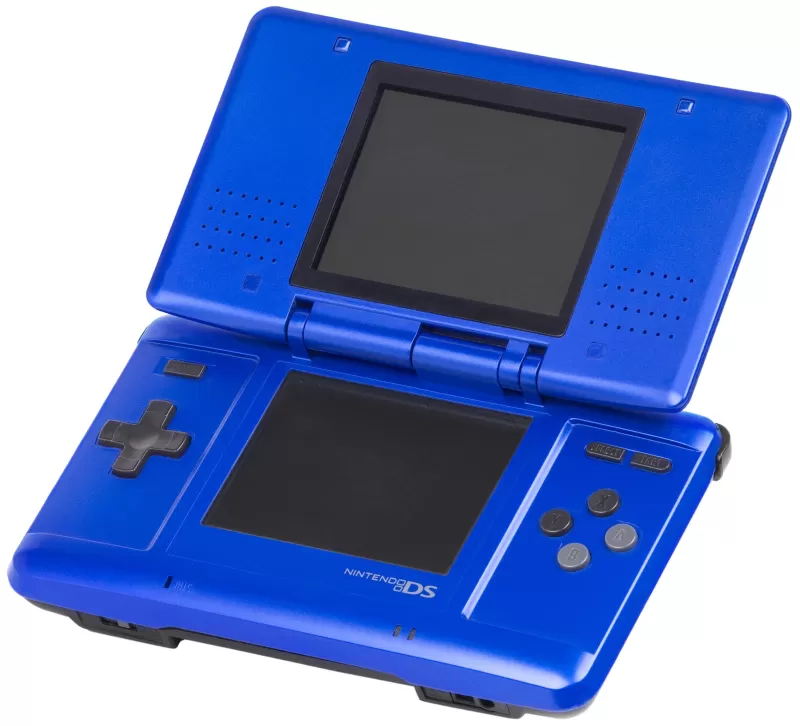 Launching the best-selling DS line, the Nintendo DS introduced Wi-Fi capabilities and a unique clamshell design with dual screens, including a touchscreen, enabling innovative gaming experiences.
Launching the best-selling DS line, the Nintendo DS introduced Wi-Fi capabilities and a unique clamshell design with dual screens, including a touchscreen, enabling innovative gaming experiences.
Game Boy Micro - September 19, 2005
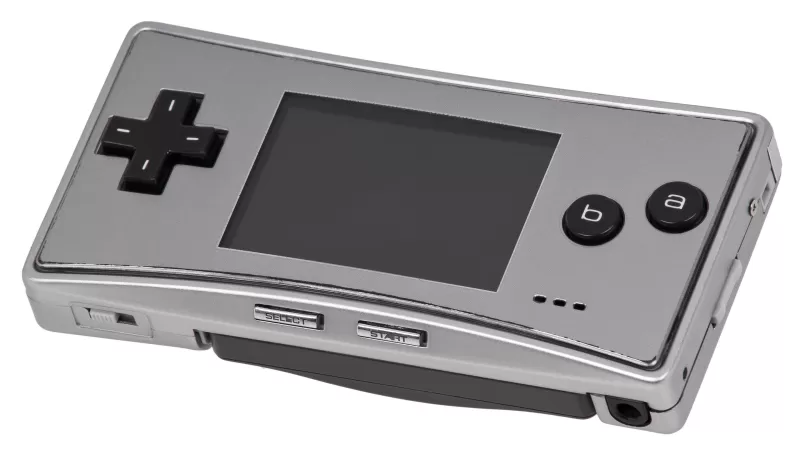 Revealed at E3 2005, the Game Boy Micro surprised with its compact size. Backward-compatible with Game Boy and Game Boy Color games, it featured a backlit screen with adjustable brightness.
Revealed at E3 2005, the Game Boy Micro surprised with its compact size. Backward-compatible with Game Boy and Game Boy Color games, it featured a backlit screen with adjustable brightness.
Nintendo DS Lite - June 11, 2006
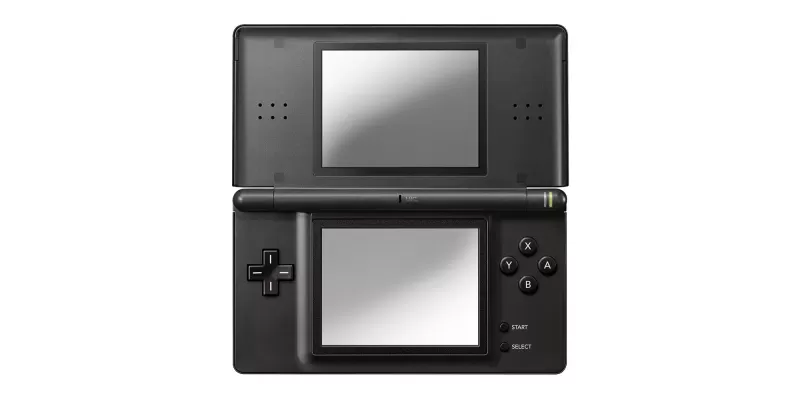 Slender and lighter than its predecessor, the Nintendo DS Lite offered brighter screens and improved battery life, enhancing the overall gaming experience.
Slender and lighter than its predecessor, the Nintendo DS Lite offered brighter screens and improved battery life, enhancing the overall gaming experience.
Nintendo Wii - November 19, 2006
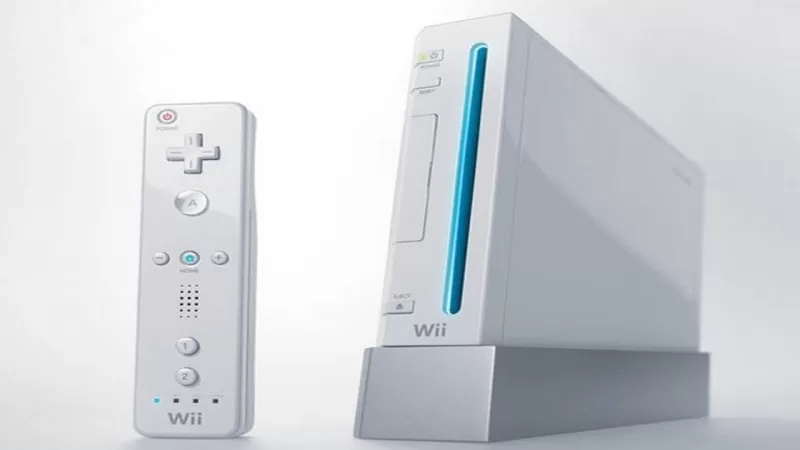 Revitalizing Nintendo's home console market, the Wii introduced motion controls through the Wii Remote, alongside backward compatibility with GameCube titles. The Virtual Console feature allowed players to purchase classic games for digital download.
Revitalizing Nintendo's home console market, the Wii introduced motion controls through the Wii Remote, alongside backward compatibility with GameCube titles. The Virtual Console feature allowed players to purchase classic games for digital download.
Nintendo DSi - November 1, 2008
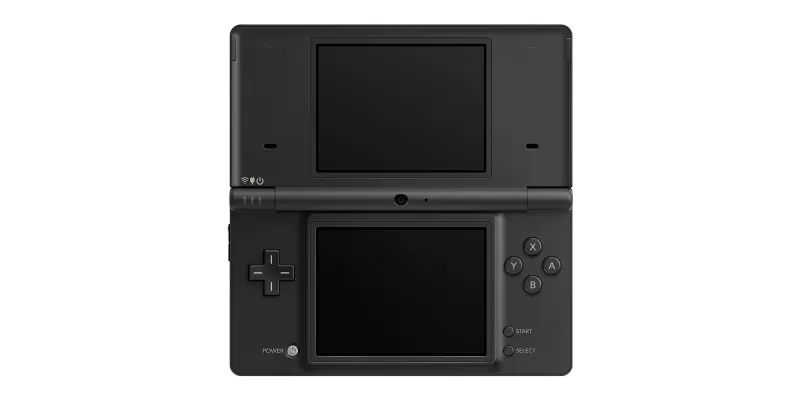 Enhancing the DS, the Nintendo DSi added cameras and an SD card slot but removed the Game Boy Advance slot. It represented the second major revision of the DS.
Enhancing the DS, the Nintendo DSi added cameras and an SD card slot but removed the Game Boy Advance slot. It represented the second major revision of the DS.
Nintendo DSi XL - November 21, 2009
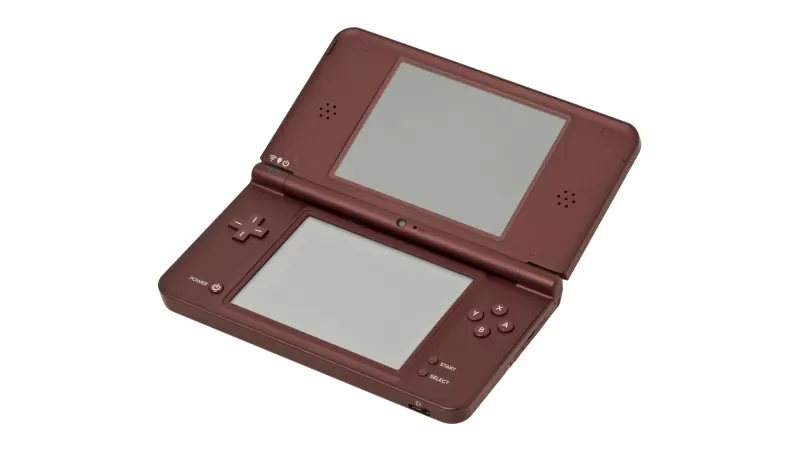 A larger version of the DSi, the DSi XL featured bigger screens and improved audio through dual speakers, offering a more immersive experience.
A larger version of the DSi, the DSi XL featured bigger screens and improved audio through dual speakers, offering a more immersive experience.
Nintendo 3DS - March 27, 2011
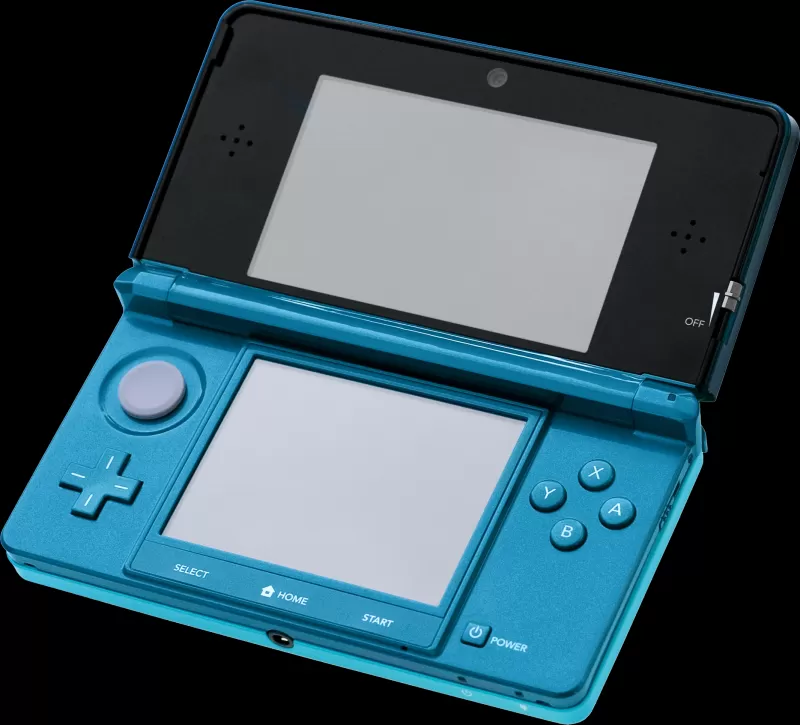 Following the DS line, the Nintendo 3DS introduced stereoscopic 3D without the need for glasses, building on the Virtual Boy's technology. It offered a rich library of titles, including The Legend of Zelda: A Link Between Worlds and Super Mario 3D Land.
Following the DS line, the Nintendo 3DS introduced stereoscopic 3D without the need for glasses, building on the Virtual Boy's technology. It offered a rich library of titles, including The Legend of Zelda: A Link Between Worlds and Super Mario 3D Land.
Nintendo 3DS XL - August 19, 2012
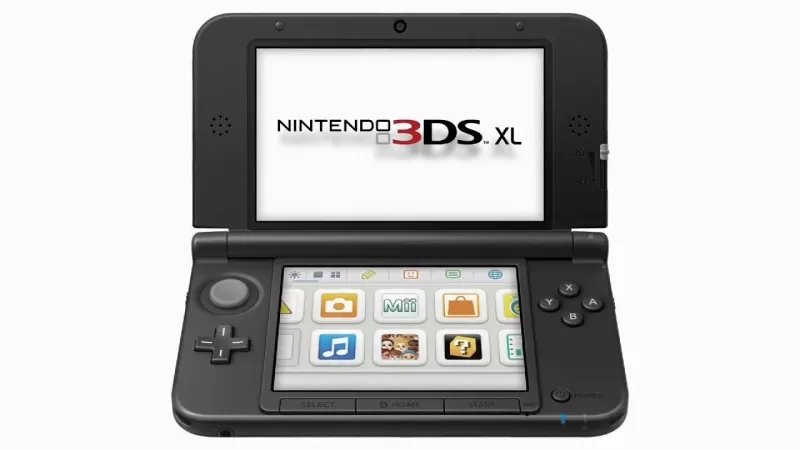 With a screen 90% larger than the original 3DS, the 3DS XL enhanced visibility and gameplay without compromising on features.
With a screen 90% larger than the original 3DS, the 3DS XL enhanced visibility and gameplay without compromising on features.
Nintendo Wii U - November 18, 2012
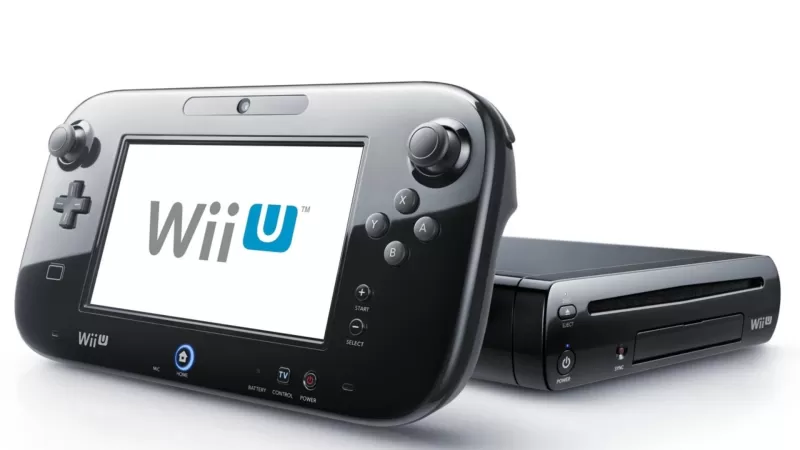 Following the Wii, the Wii U introduced the GamePad controller with a built-in screen for off-TV play. It supported HD graphics and featured titles like Super Mario 3D World and Splatoon, though it struggled with sales due to marketing and confusion.
Following the Wii, the Wii U introduced the GamePad controller with a built-in screen for off-TV play. It supported HD graphics and featured titles like Super Mario 3D World and Splatoon, though it struggled with sales due to marketing and confusion.
Nintendo Wii Mini - December 7, 2012
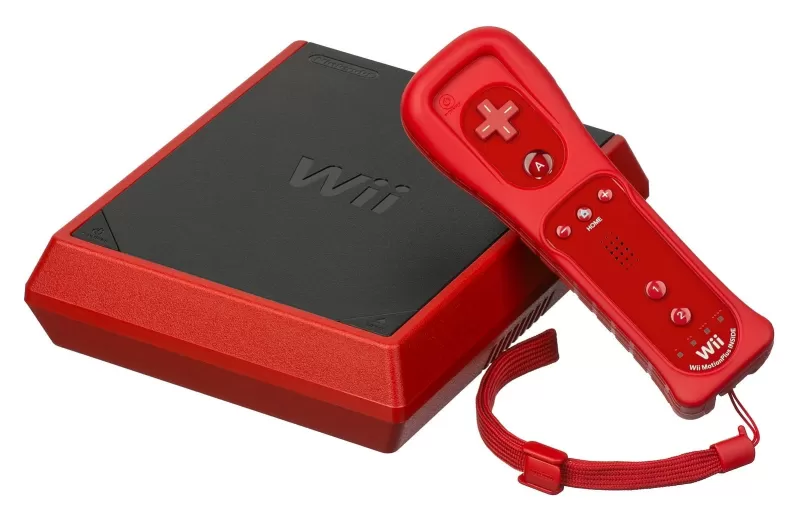 Released towards the end of the Wii's lifecycle, the Wii Mini was a smaller version with a top-facing disc drive but lacked GameCube support and other features like Wi-Fi and HD resolution.
Released towards the end of the Wii's lifecycle, the Wii Mini was a smaller version with a top-facing disc drive but lacked GameCube support and other features like Wi-Fi and HD resolution.
Nintendo 2DS - October 12, 2013
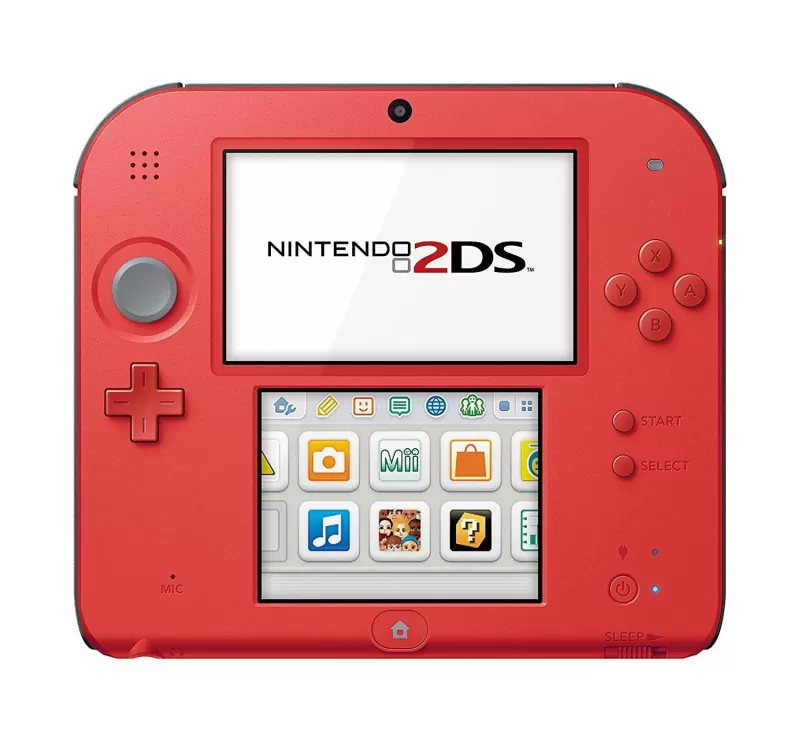 Offering 2D gameplay without the 3D feature of the 3DS, the 2DS maintained compatibility with all 3DS games. It featured a mono speaker, trading off some sound quality for a lower price point.
Offering 2D gameplay without the 3D feature of the 3DS, the 2DS maintained compatibility with all 3DS games. It featured a mono speaker, trading off some sound quality for a lower price point.
New Nintendo 3DS - October 11, 2014
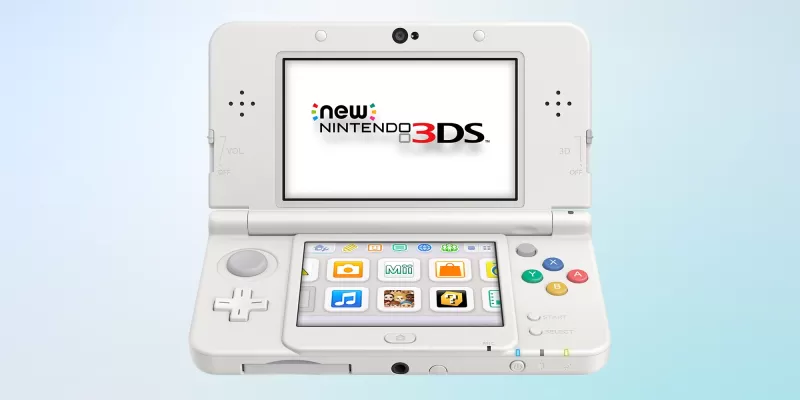 Upgrading the standard 3DS, the New Nintendo 3DS added new controls like the C-Stick and ZR/ZL buttons, along with NFC support for amiibo.
Upgrading the standard 3DS, the New Nintendo 3DS added new controls like the C-Stick and ZR/ZL buttons, along with NFC support for amiibo.
New Nintendo 3DS XL - February 13, 2015
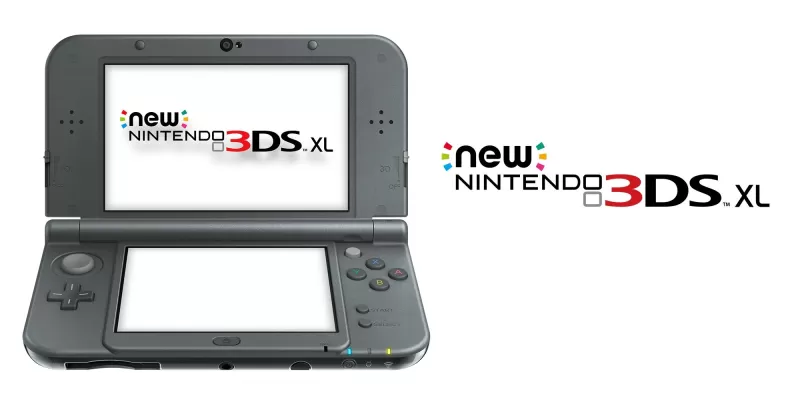 Larger than the New 3DS, the New 3DS XL offered bigger screens for a more immersive experience but removed the ability to change face plates.
Larger than the New 3DS, the New 3DS XL offered bigger screens for a more immersive experience but removed the ability to change face plates.
Nintendo Switch - March 3, 2017
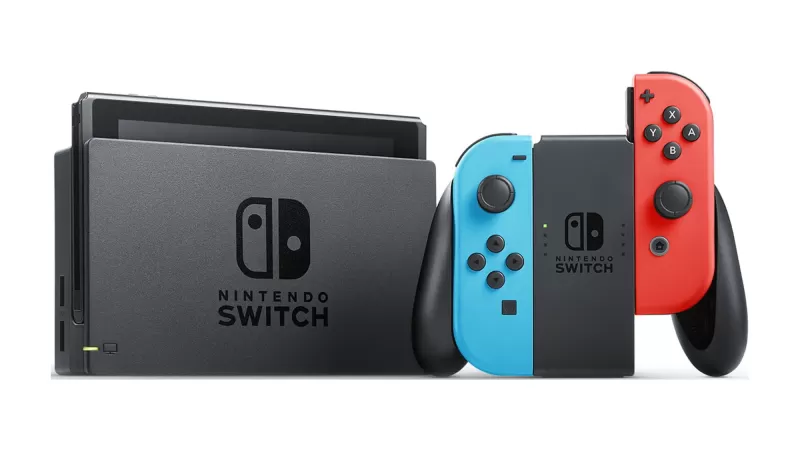 Combining home and portable gaming, the Nintendo Switch revolutionized the industry with its versatile play options and a stellar first-party library, including some of the greatest games ever released.
Combining home and portable gaming, the Nintendo Switch revolutionized the industry with its versatile play options and a stellar first-party library, including some of the greatest games ever released.
New Nintendo 2DS XL - July 28, 2017
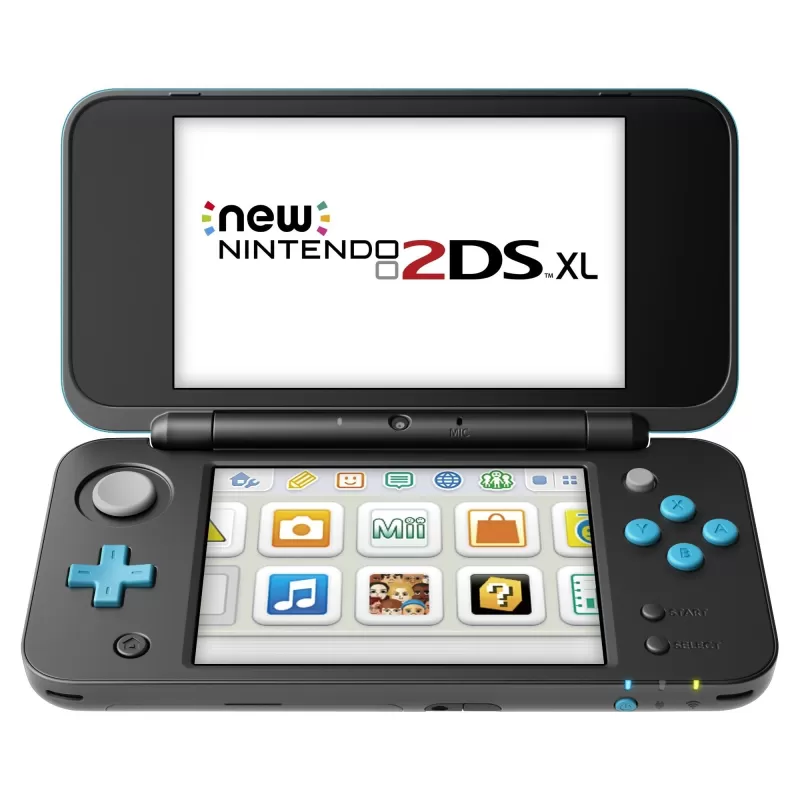 Updating the 2DS, the New Nintendo 2DS XL reintroduced the clamshell design and added features like an analog stick, shoulder buttons, and amiibo support, playing both 3DS and New 3DS titles.
Updating the 2DS, the New Nintendo 2DS XL reintroduced the clamshell design and added features like an analog stick, shoulder buttons, and amiibo support, playing both 3DS and New 3DS titles.
Nintendo Switch Lite - September 20, 2019
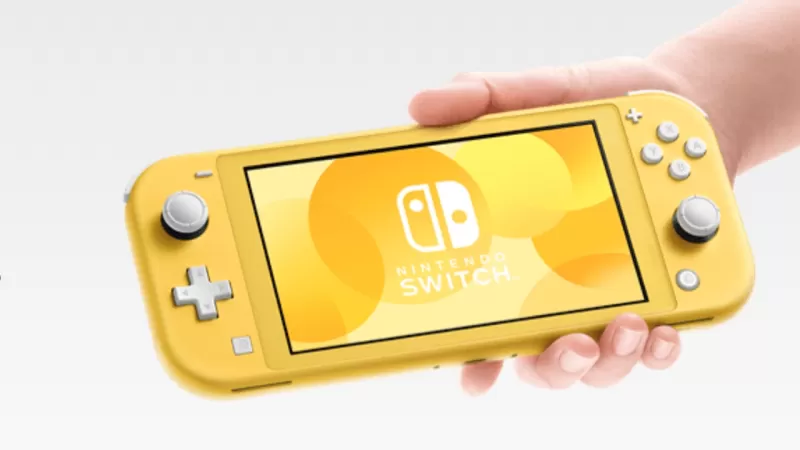 A compact version of the Switch, the Switch Lite featured a smaller LCD screen and built-in controllers, designed exclusively for handheld play at a reduced price.
A compact version of the Switch, the Switch Lite featured a smaller LCD screen and built-in controllers, designed exclusively for handheld play at a reduced price.
Nintendo Switch OLED model - October 8, 2021
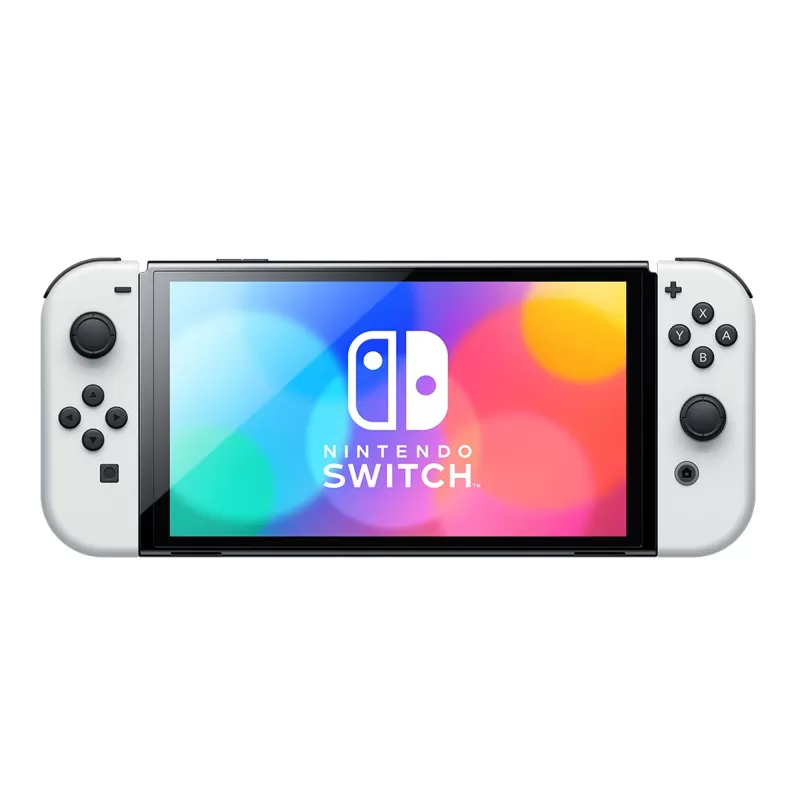 Enhancing the Switch experience, the OLED model offered a larger, premium OLED screen, improved speakers, and a redesigned kickstand, launching alongside Metroid Dread.
Enhancing the Switch experience, the OLED model offered a larger, premium OLED screen, improved speakers, and a redesigned kickstand, launching alongside Metroid Dread.
Upcoming Nintendo Consoles
Following years of speculation, Nintendo has officially unveiled the Nintendo Switch 2. The reveal trailer highlights innovative Joy-Con attachment methods, a larger screen, and an additional USB-C port. It also teases the use of Joy-Con as a mouse and introduces what appears to be a new Mario Kart with 24-player support. The console promises to be "mostly" backward compatible and will continue to support both physical and digital games.Analysts suggest the Switch 2 might be priced around $400. We've gathered all the details from the trailer, but further information, including a release date, will be shared in a Nintendo Direct scheduled for April 2.
AnswerSee Results






















![Salvation in Nightmare [v0.4.4]](https://imgs.21qcq.com/uploads/36/1719555347667e551321c26.jpg)




